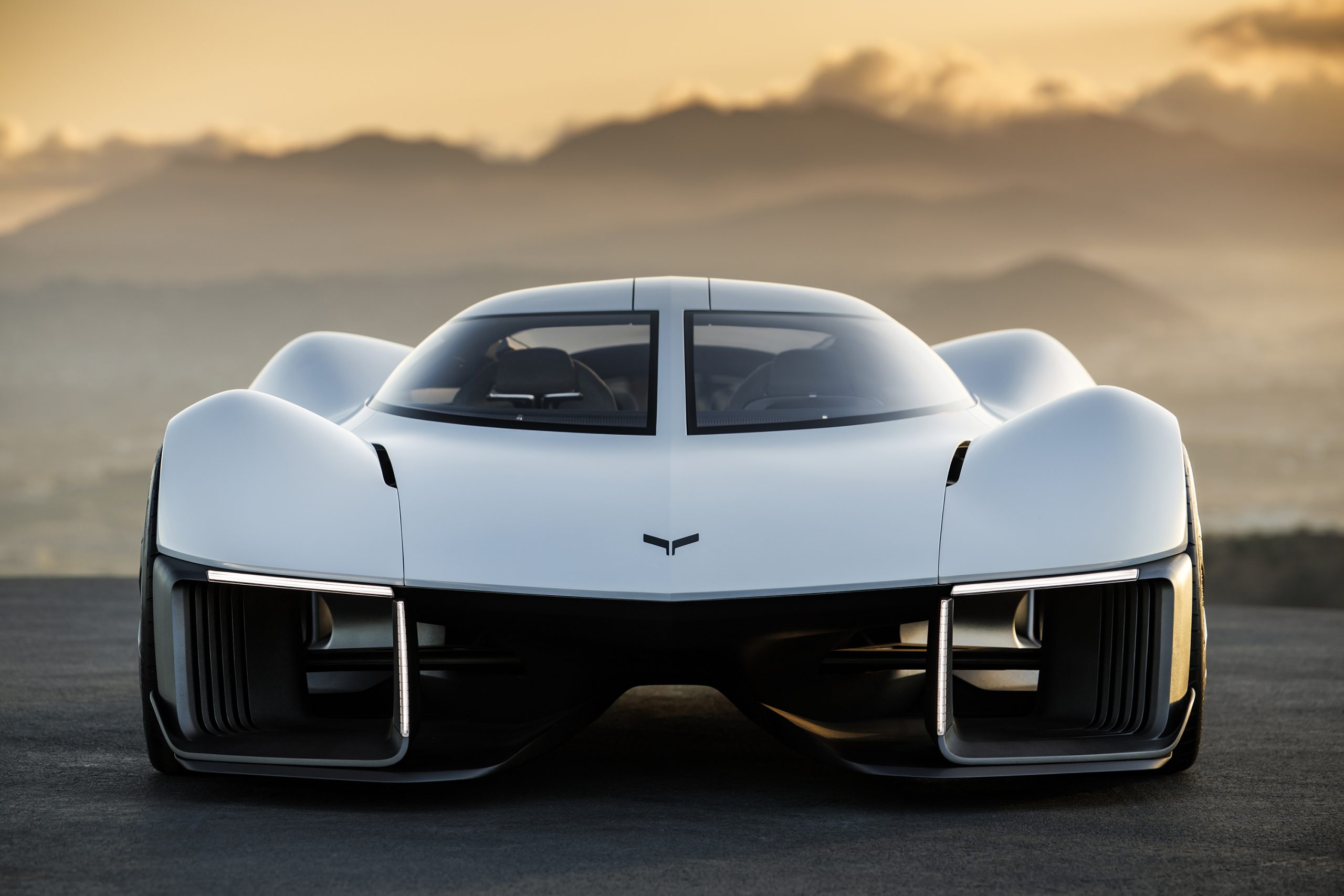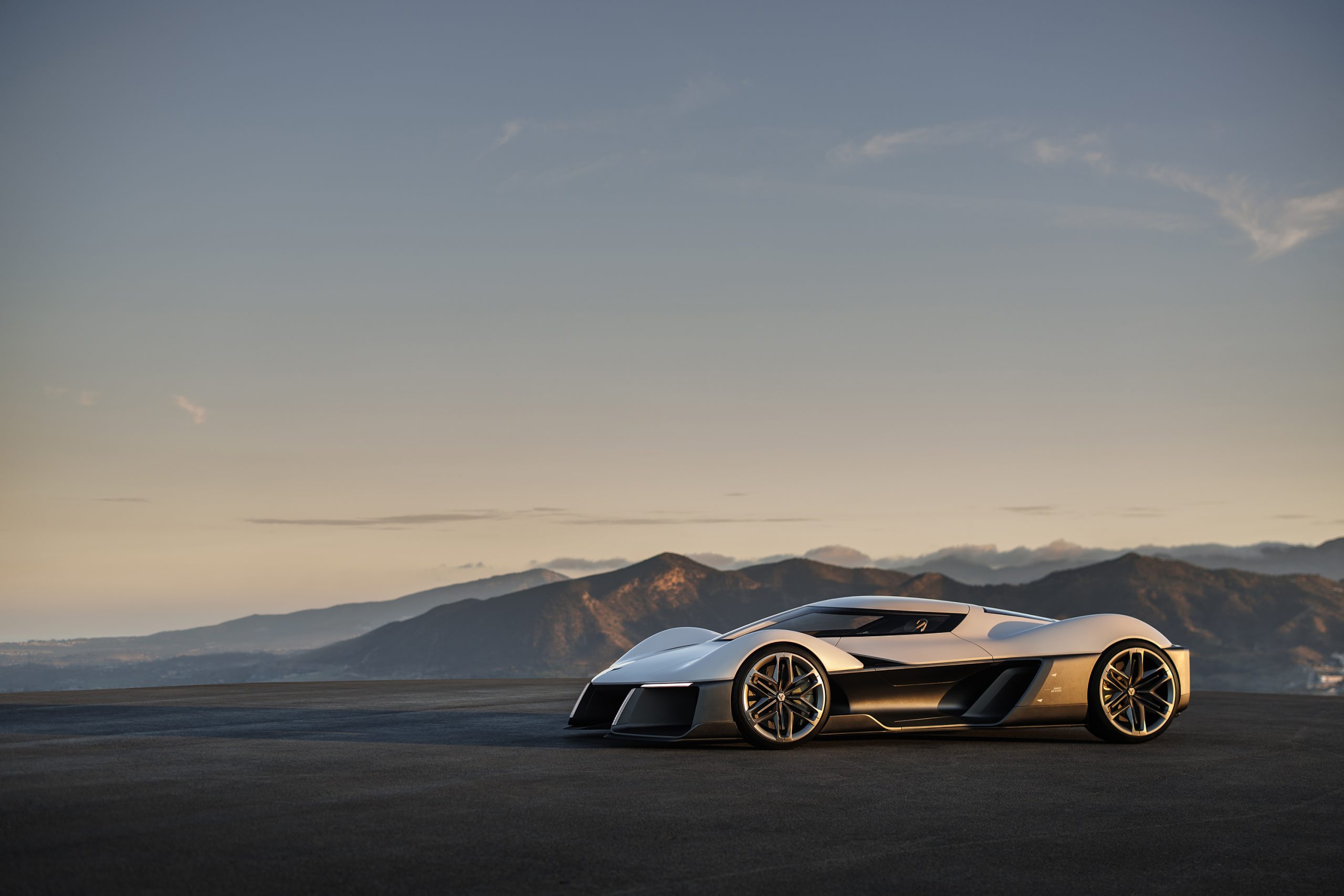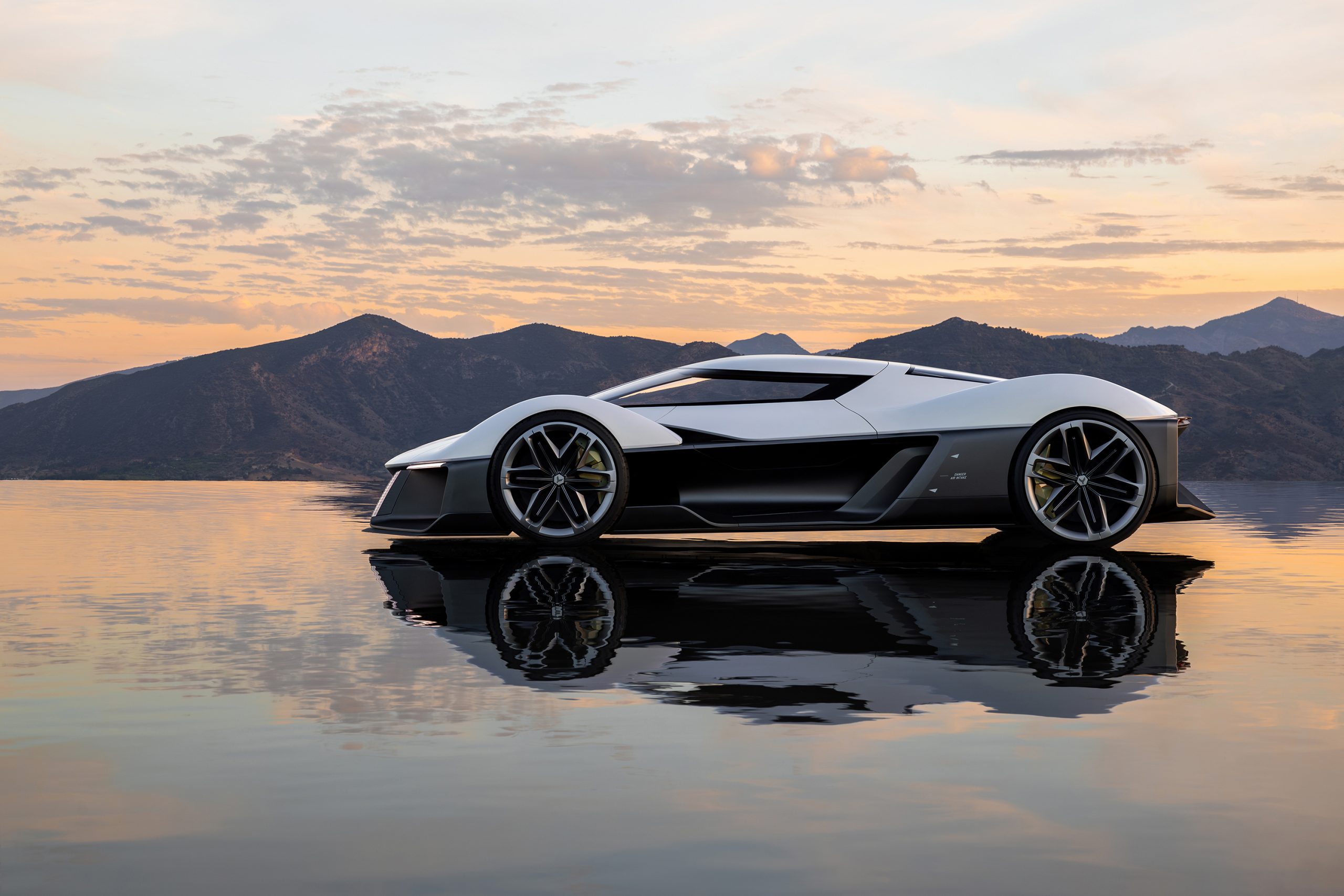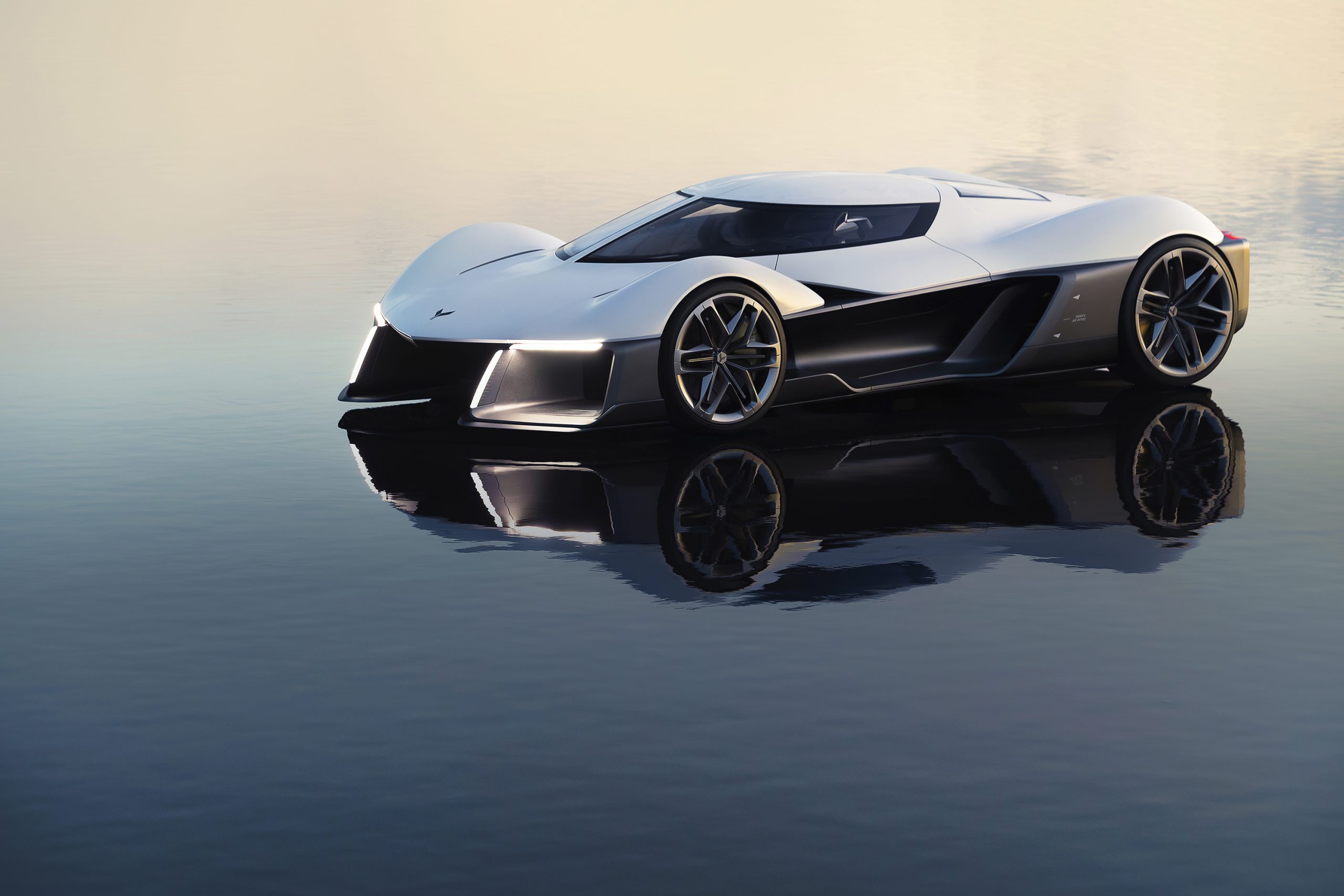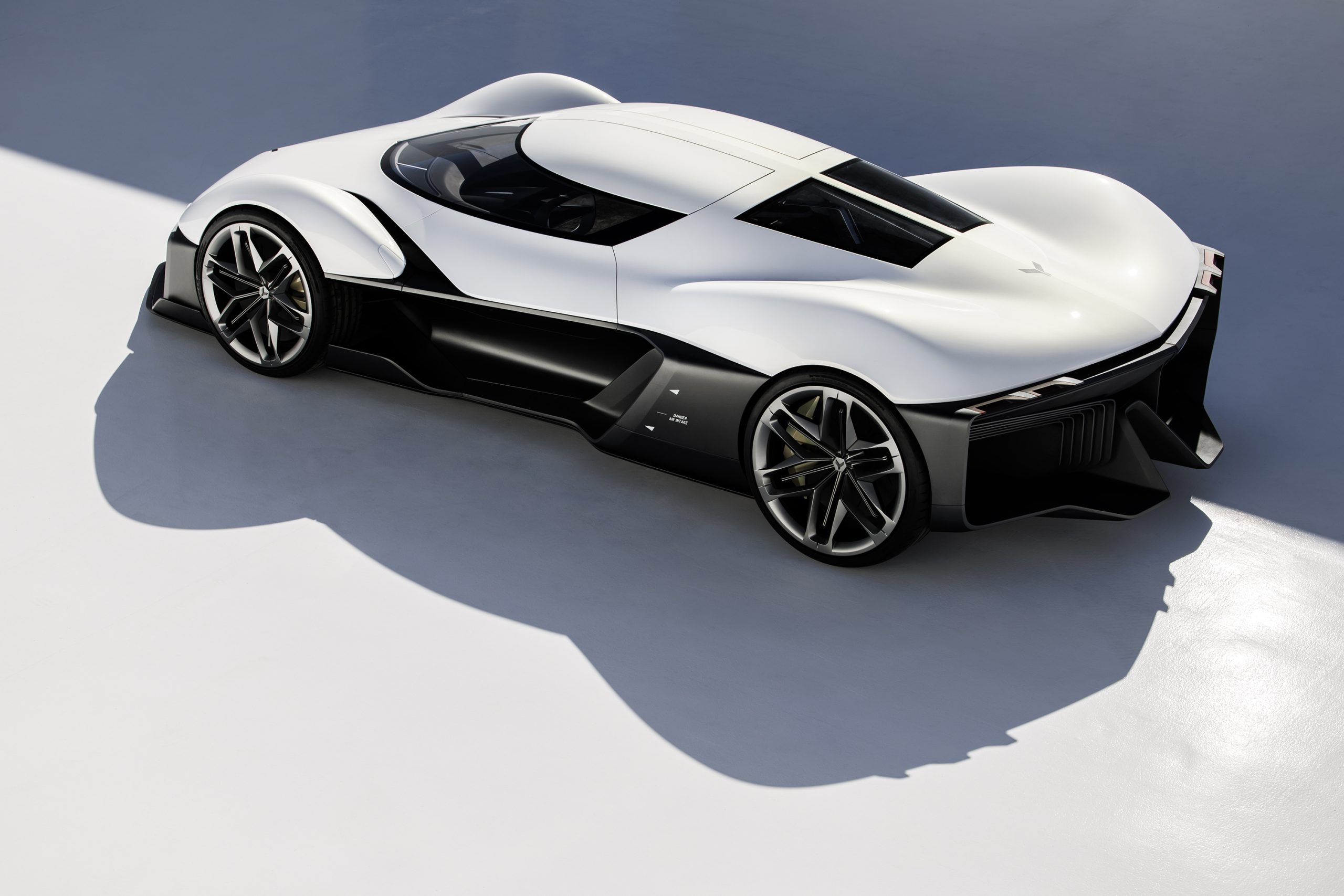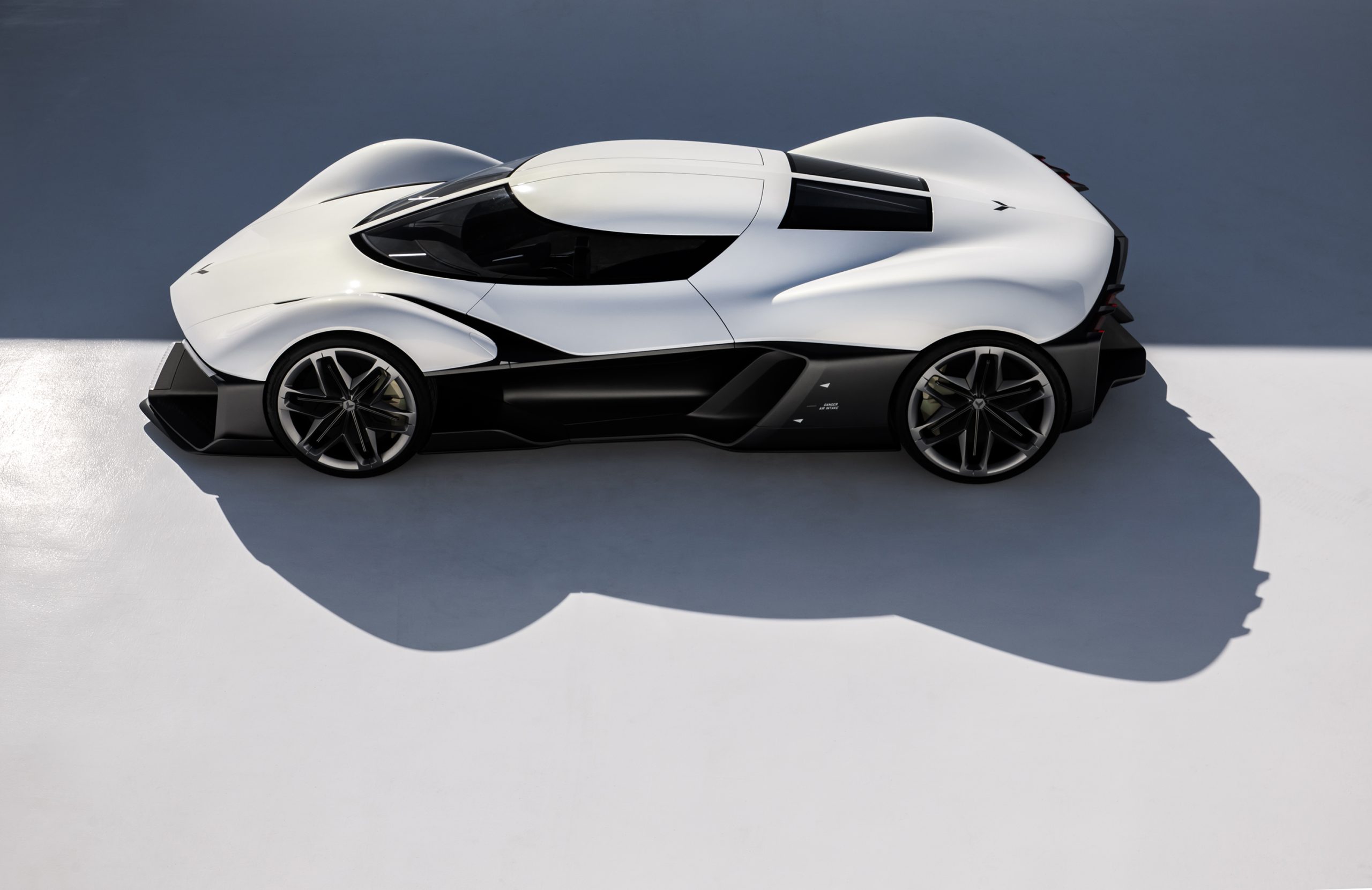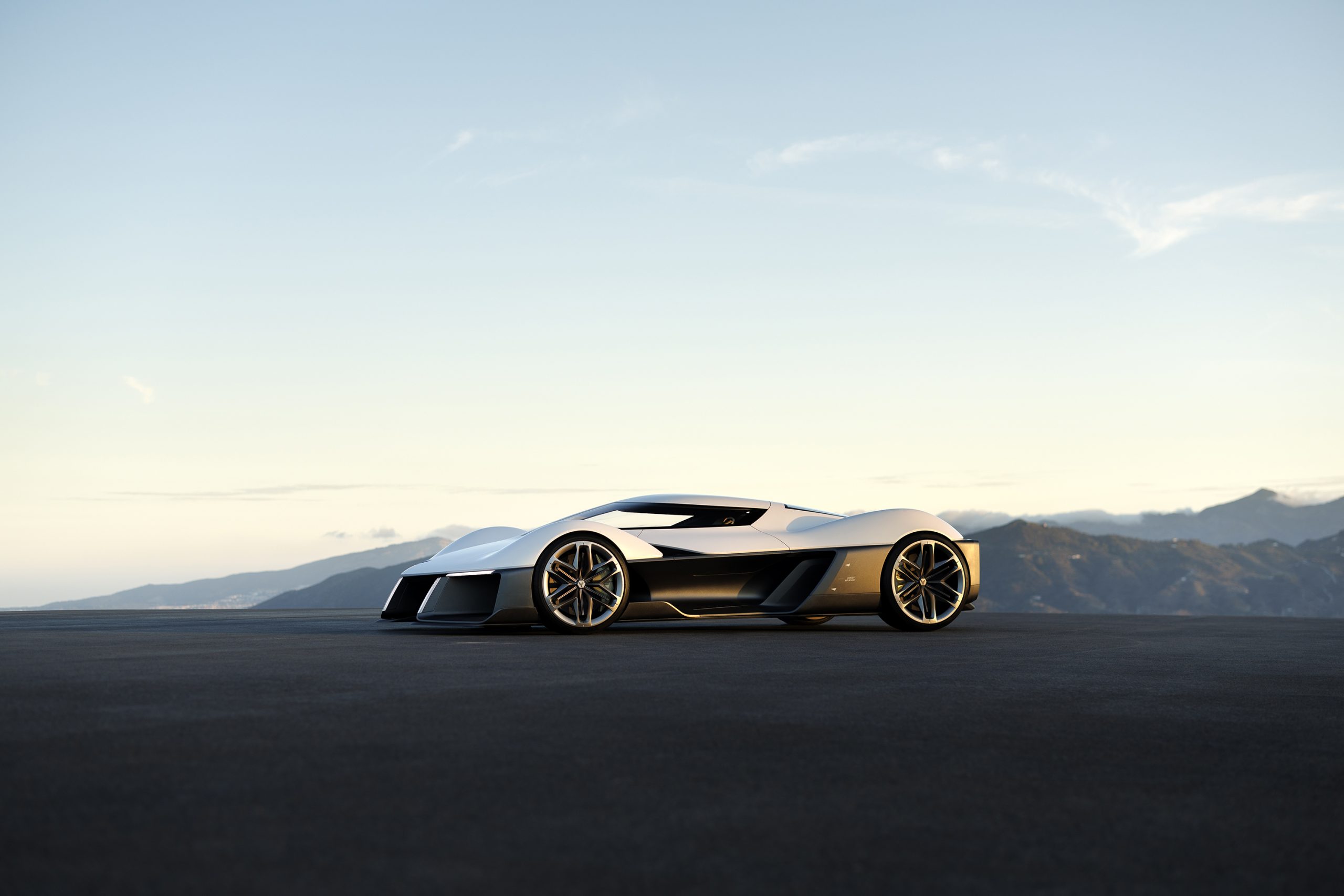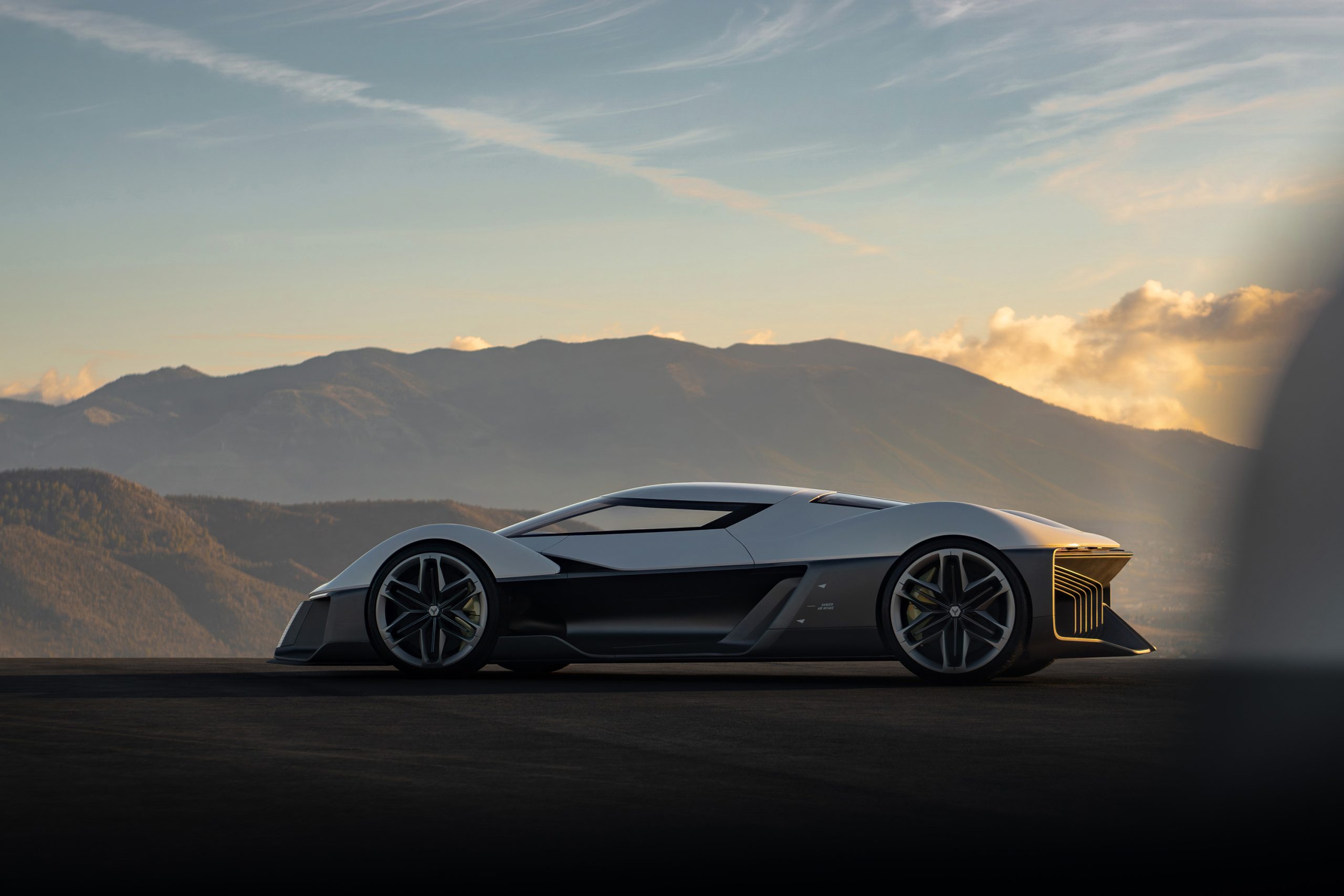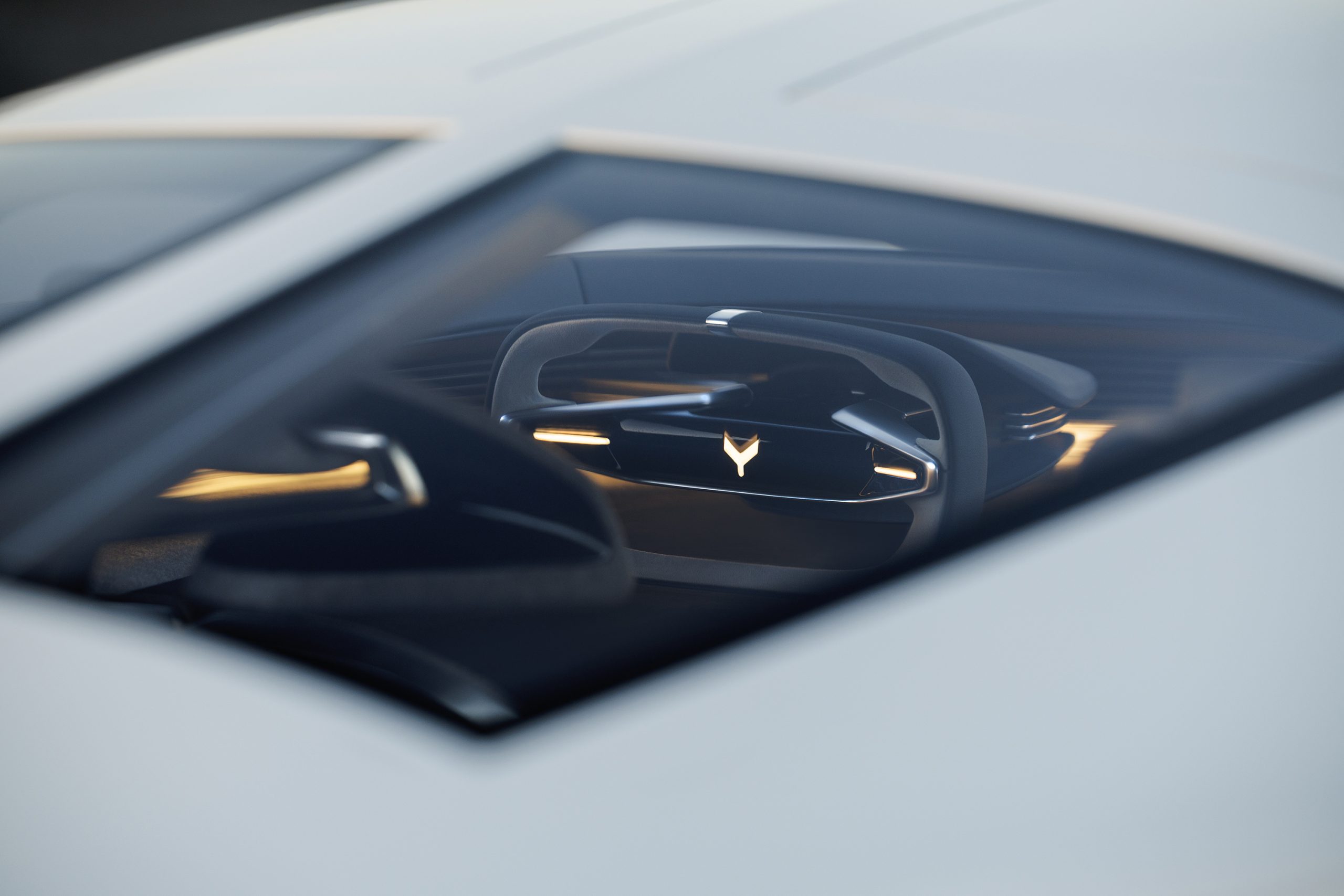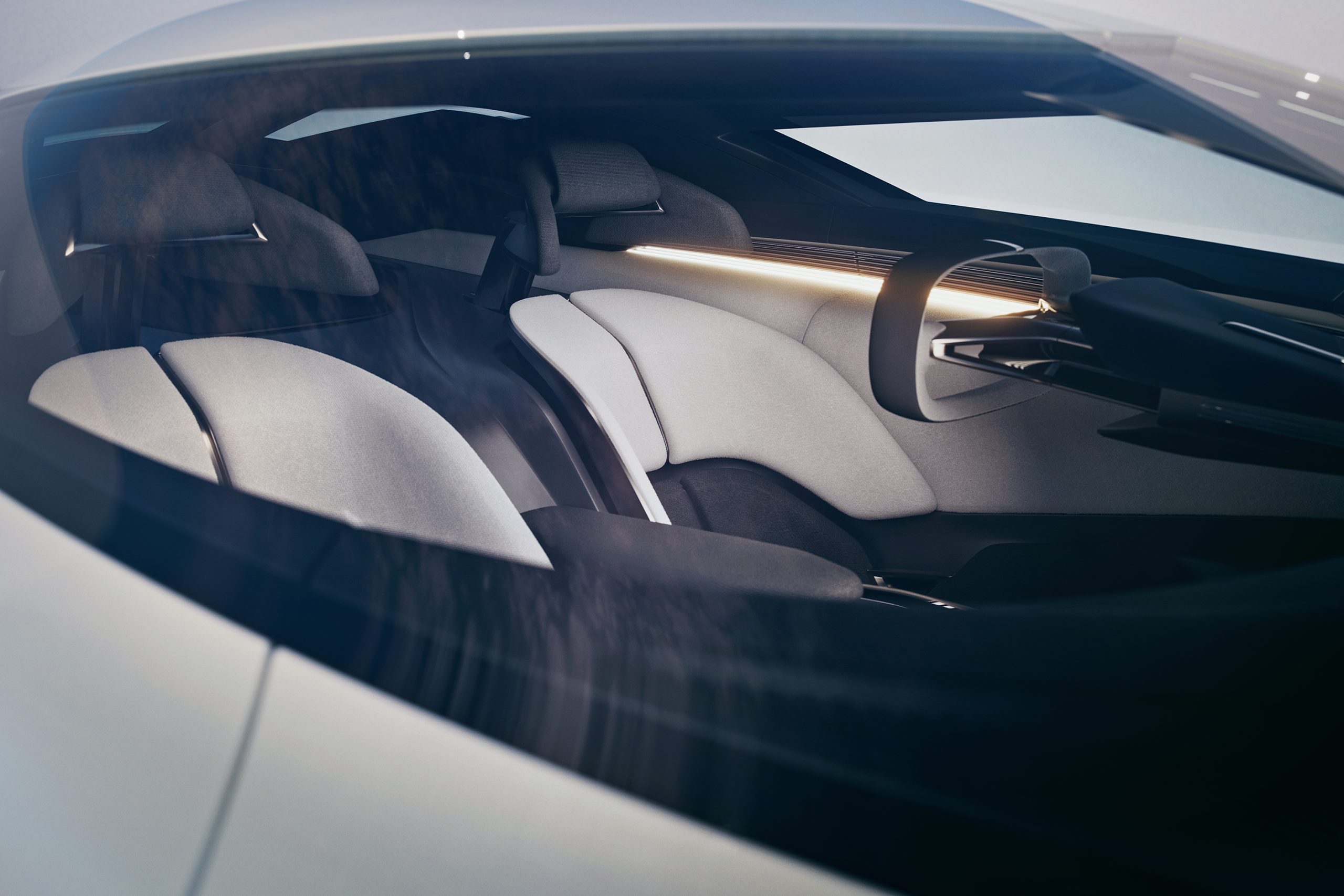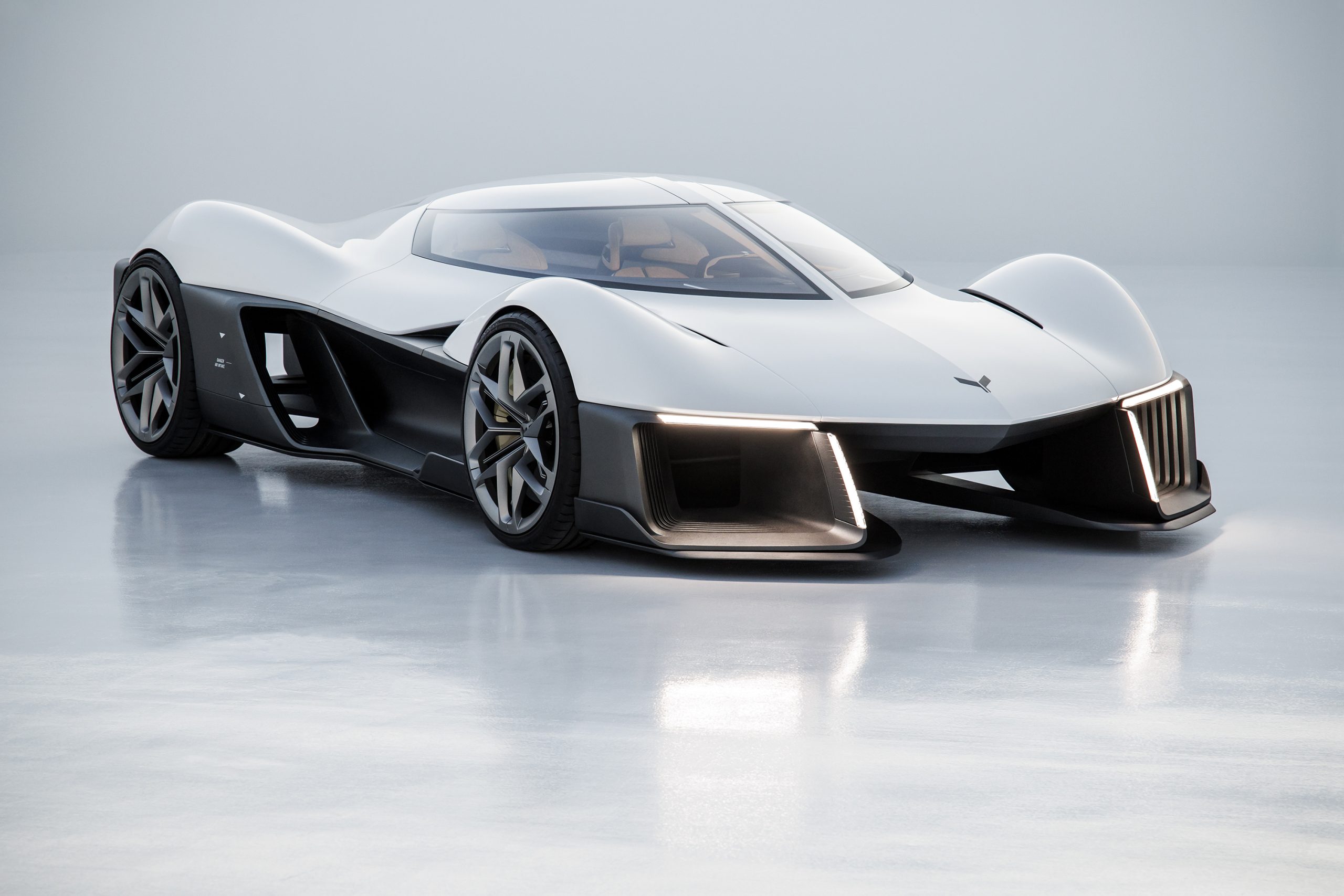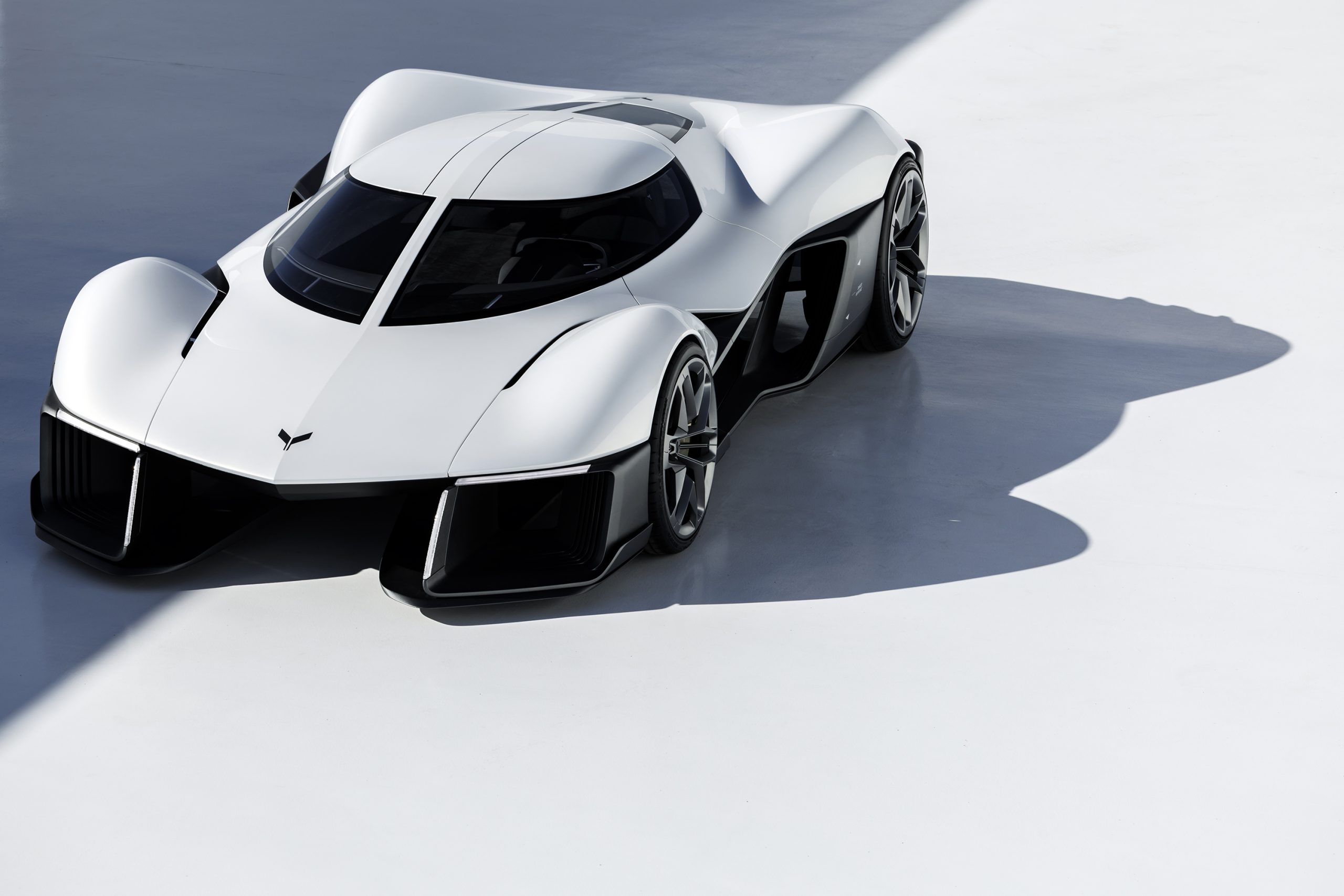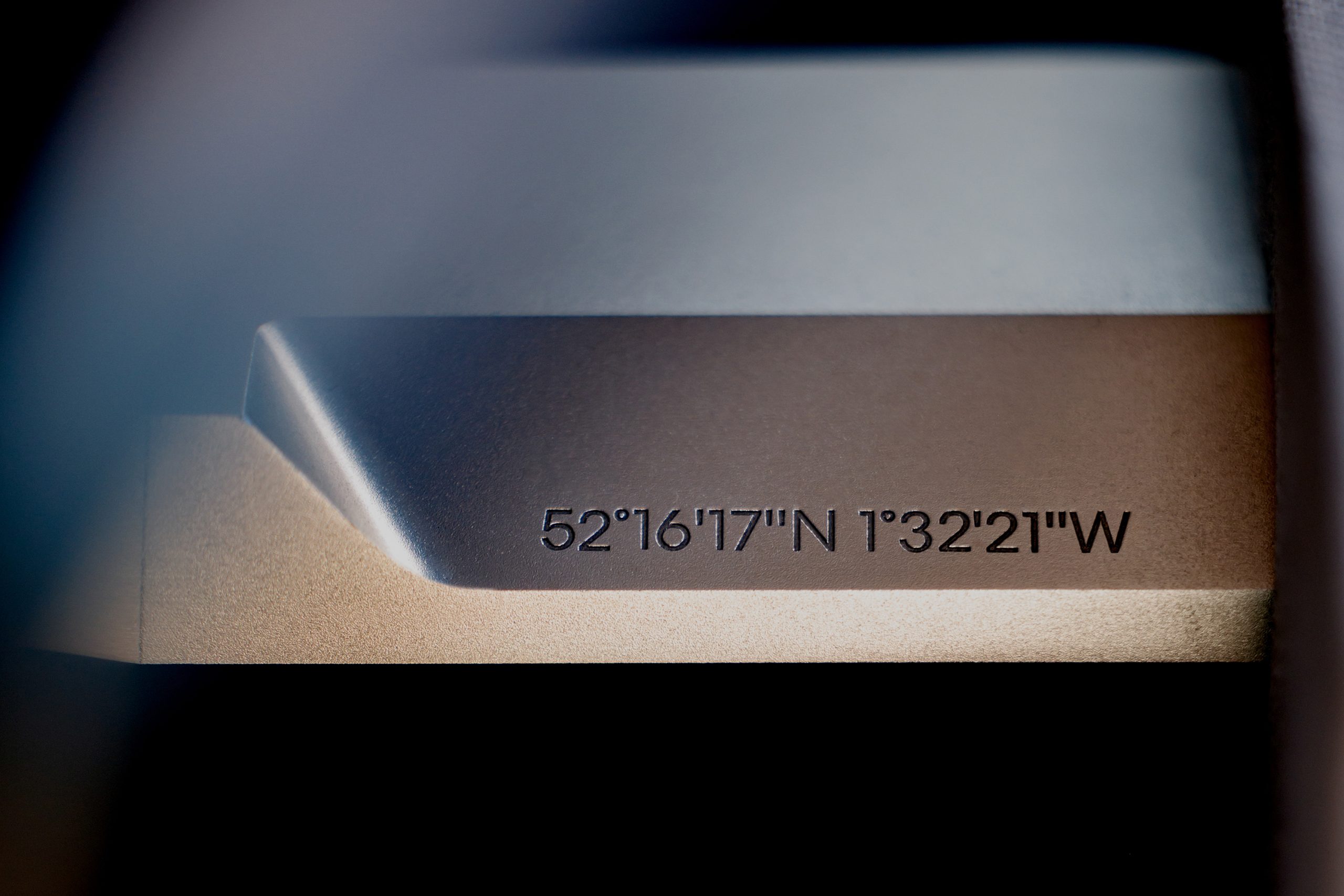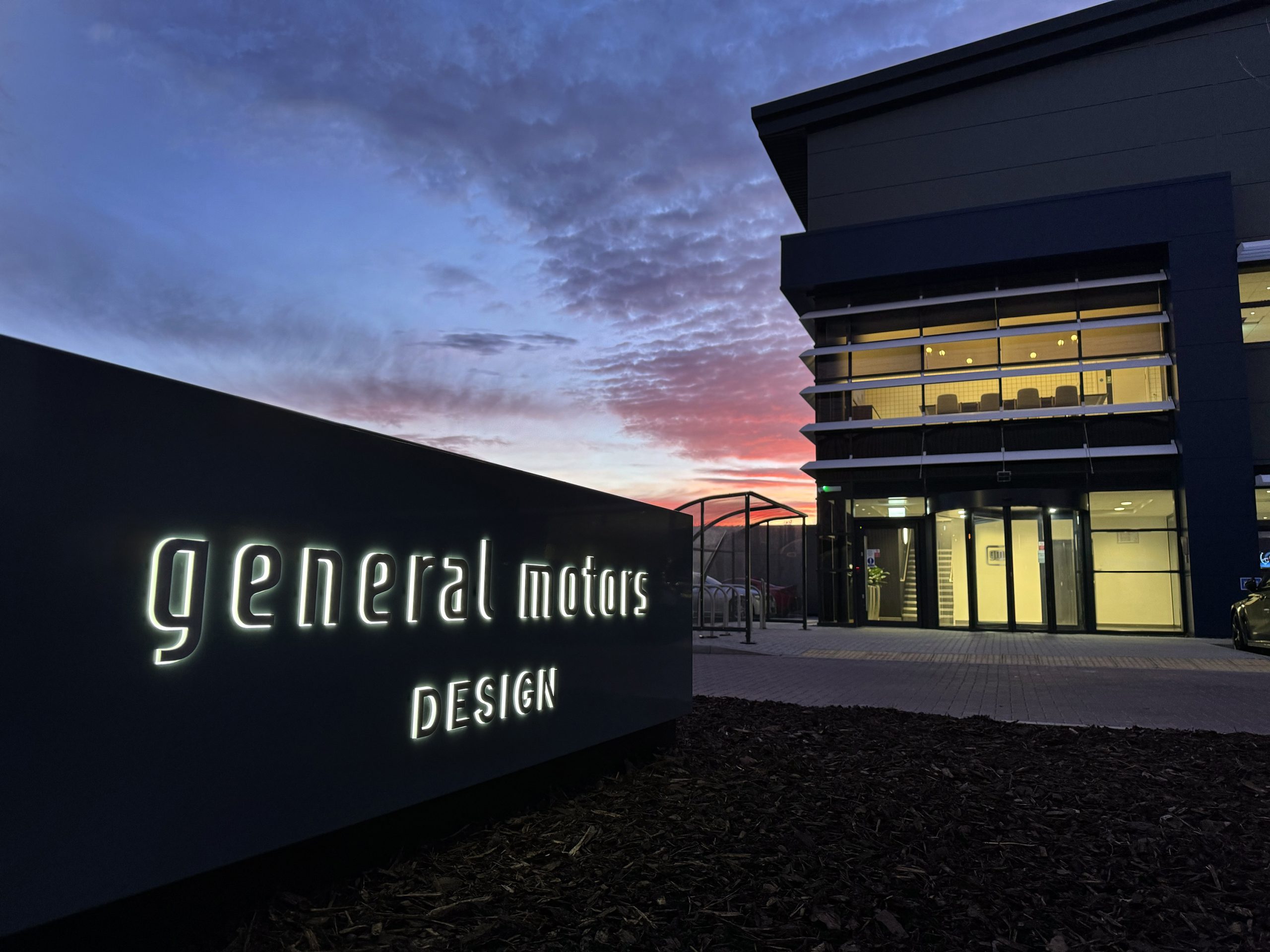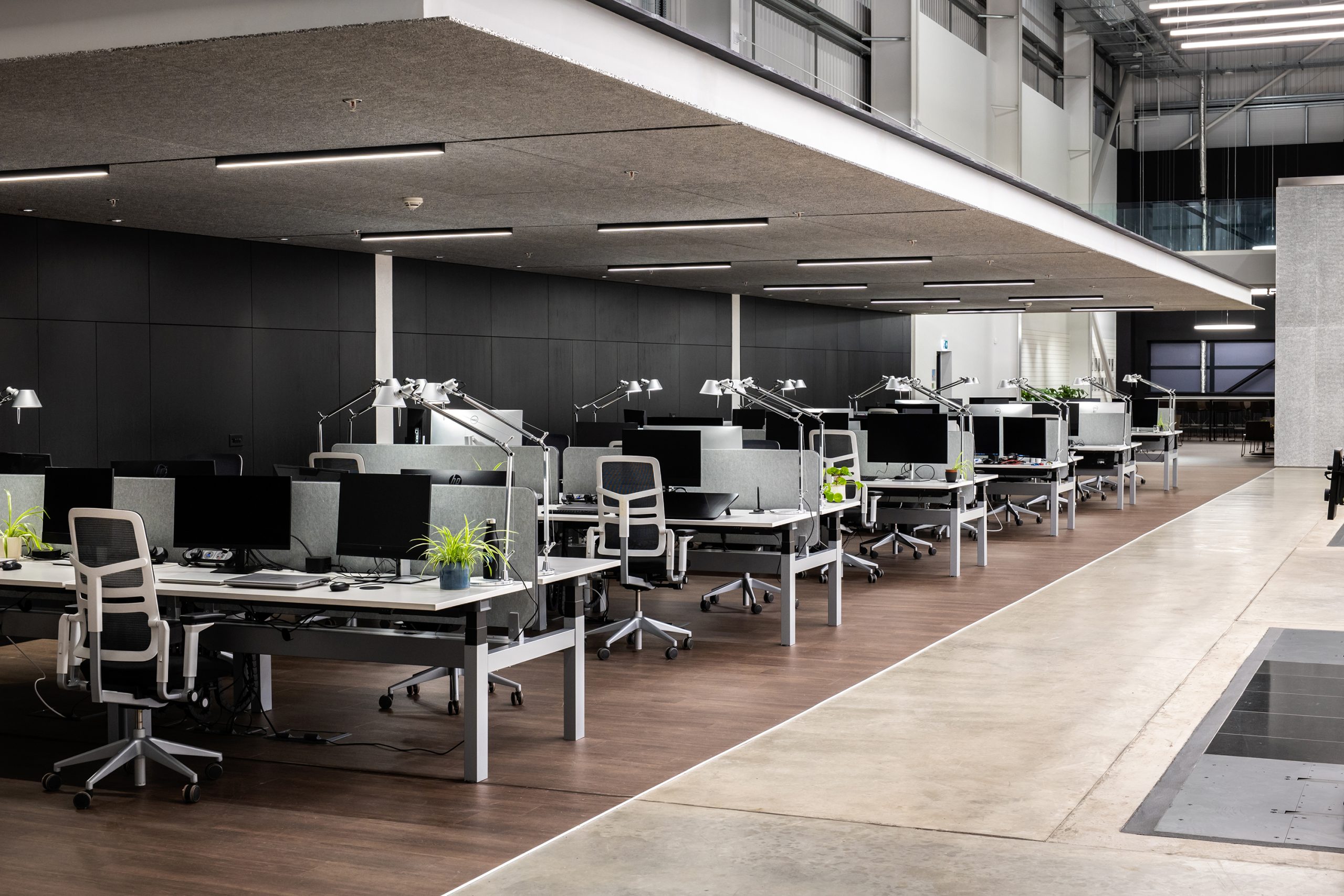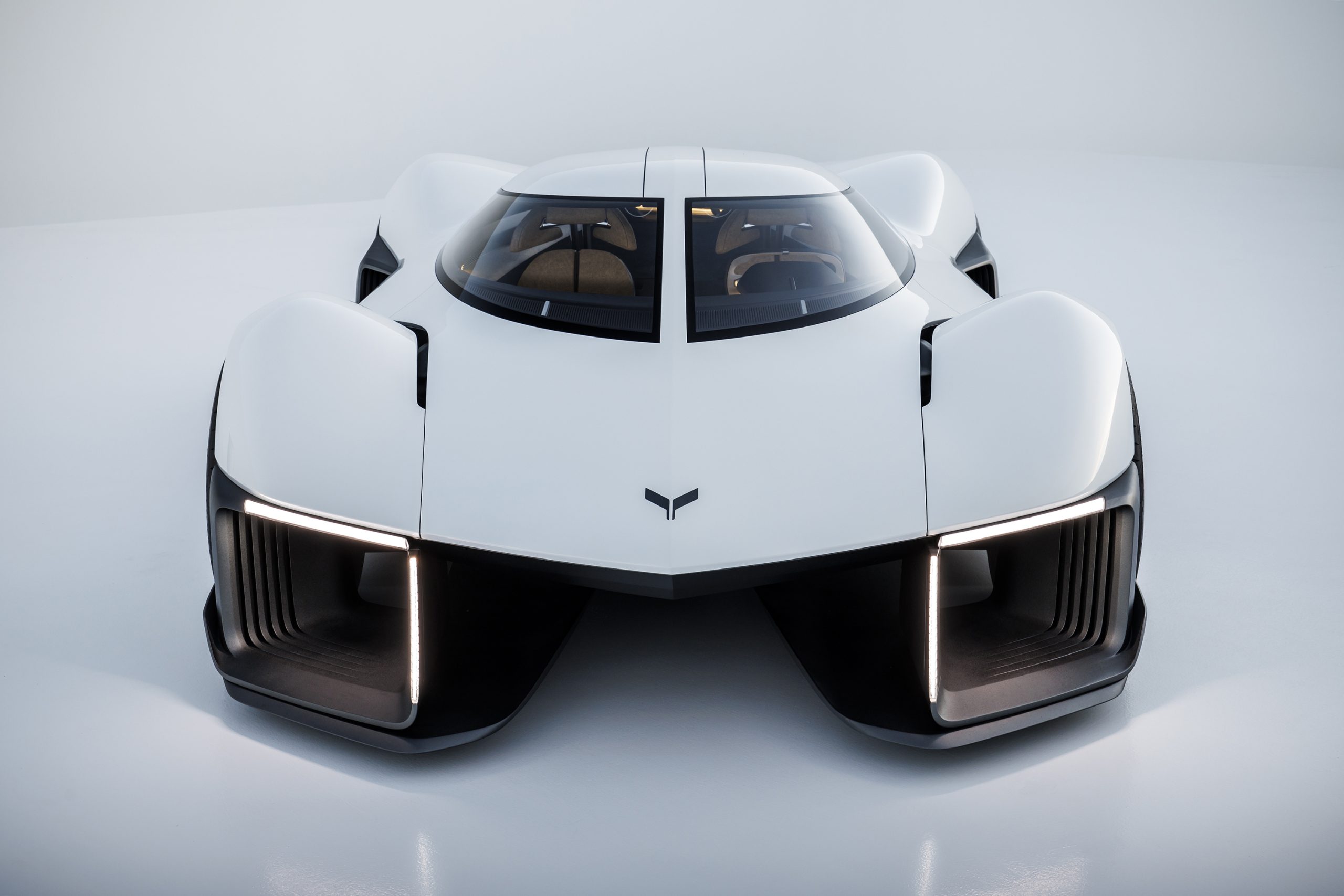
General Motors has enlarged its worldwide network of design studios with the formal inauguration of a new advanced design center in Royal Leamington Spa, located approximately 20 miles away from Birmingham.
As part of the unveiling, GM showcased an advanced design study for the Chevrolet Corvette concept car created by their UK-based team. This was part of a larger international initiative spread across various studios, which plans to introduce more Corvette concepts over the course of 2025.
The unveiling at the studio debut offered the initial look at a GMC concept car scheduled for release in late 2025. This project was crafted collaboratively with the GMC design group based in Detroit.
General Motors' design groups frequently engage in conceptual design research aimed at fostering idea generation, innovation, and teamwork throughout the organization.
As the UK studio opens, GM reaffirms its dedication to Europe by expanding its Cadillac electric vehicle operations in the region. Additionally, this move paves the way for initiating Corvette sales throughout the UK and continental Europe.
The UK-based design studio plays a crucial role within GM’s worldwide design presence, offering significant understanding of European consumer and cultural tendencies while bringing in emerging talents with innovative viewpoints to GM’s international framework. Additionally, GM extends its design reach through studios located in Detroit, Los Angeles, Shanghai, and Seoul.
The UK-based studio is headed by Julian Thomson, an exceptionally seasoned automotive designer who has collaborated with many of the sector’s most renowned companies. Spanning 24,584 square feet in Royal Leamington Spa, this facility houses over 30 designers and creatives within a space designed for both digital rendering and traditional clay modeling processes.
“Beyond just developing production cars, our advanced design team has a broader mission,” stated Michael Simcoe, senior vice president of global design. “Although they work on both production and concept car projects as part of our worldwide design collaboration, their main focus is envisioning how transportation might evolve over the next five, ten, or even twenty years and pushing forward innovation at GM.”
The Corvette brand has historically been used to showcase experimental vehicles, concepts, and prototypes that challenge the limits of car design and technology. The recently unveiled UK design concept follows this tradition without any plans for production. The GM UK Design team created this model as an exploration, aiming to reimagine what a Corvette might become using a completely fresh perspective.
"Part of the Corvette creative study involved inviting several studios to create hypercar designs, with these models set for release later this year,” explained Simcoe. “We emphasized that each studio should honor Chevrolet’s heritage, yet also provide distinct innovative perspectives. This perfectly aligns with the mission of our advanced design studio network—to break new ground, question established norms, and envision future possibilities.”
The UK team’s idea gently integrates Corvette’s recognizable design legacy into a forward-thinking look centered around sleek forms and strong contours. The design finds motivation from the aerospace sector, evident in both its sculptural and practical aspects.
“One of the most distinctive and important elements of our design concept is something we call Apex Vision,” stated Thomson. “Drawing inspiration from the mid-1960s Corvette’s split-window styling—specifically the 1963 Chevrolet Corvette Sting Ray—and emphasizing the car’s central axis, this innovative attribute highlights a prominent vertical central pillar which serves both as an architectural component and offers drivers a comprehensive view of the roadway and environment.”
The outer styling features a clear separation between the top and bottom sections of the car. While the upper part embodies the iconic style of the Corvette with a modern twist, the lower section emphasizes practical engineering aspects such as integrated electric-vehicle battery tech within the chassis and aerodynamic components crafted to manage airflow effectively without relying on traditional wing-like structures or spoilers.
Technical requirements and underlying presumptions:
Body structure:
- Additive manufacturing body structure
- For lower mass products, enhancing manufacturing efficiency, minimizing part counts, and boosting agility are key objectives.
- Halo roof design featuring a windshield central spar
Body panels:
- An additively manufactured design highlighted for its lightweight genuine quality
- Component integration, decrease in panel quantity
Closures:
- Complete surrounding side glass for enhanced Apex Vision
- Powered wing door design
Aero-Duality:
- Balancing on-road efficiency with on-track performance perfectly
- Support from fans along with dynamic ductwork to channel airflow around and into the vehicle.
- On the road: fluid shapes, practical air intakes, and ventilated panels
- While on the road, air is channeled through the vehicles to fill their wake, thereby boosting efficiency and extending their range.
- In motion: similar to how an airplane wing functions, aerodynamic components adjust, back fins extend, and air vents create downforce for improved directional control during turns.
- The sculpted underbody, reduced suspension height, and use of fans create a ground-effect performance.
Chassis:
- Inspired by racecars, designed for efficiency, with a pushrod suspension setup.
Interface:
- Windshield central strut enhanced display
Dimensions:
- 1033 mm in height / 2178 mm in width / 4669 mm in length
- 22 inches for the front wheel / 23 inches for the rear wheel
- 127 millimeters seat height - designed like a racecar
